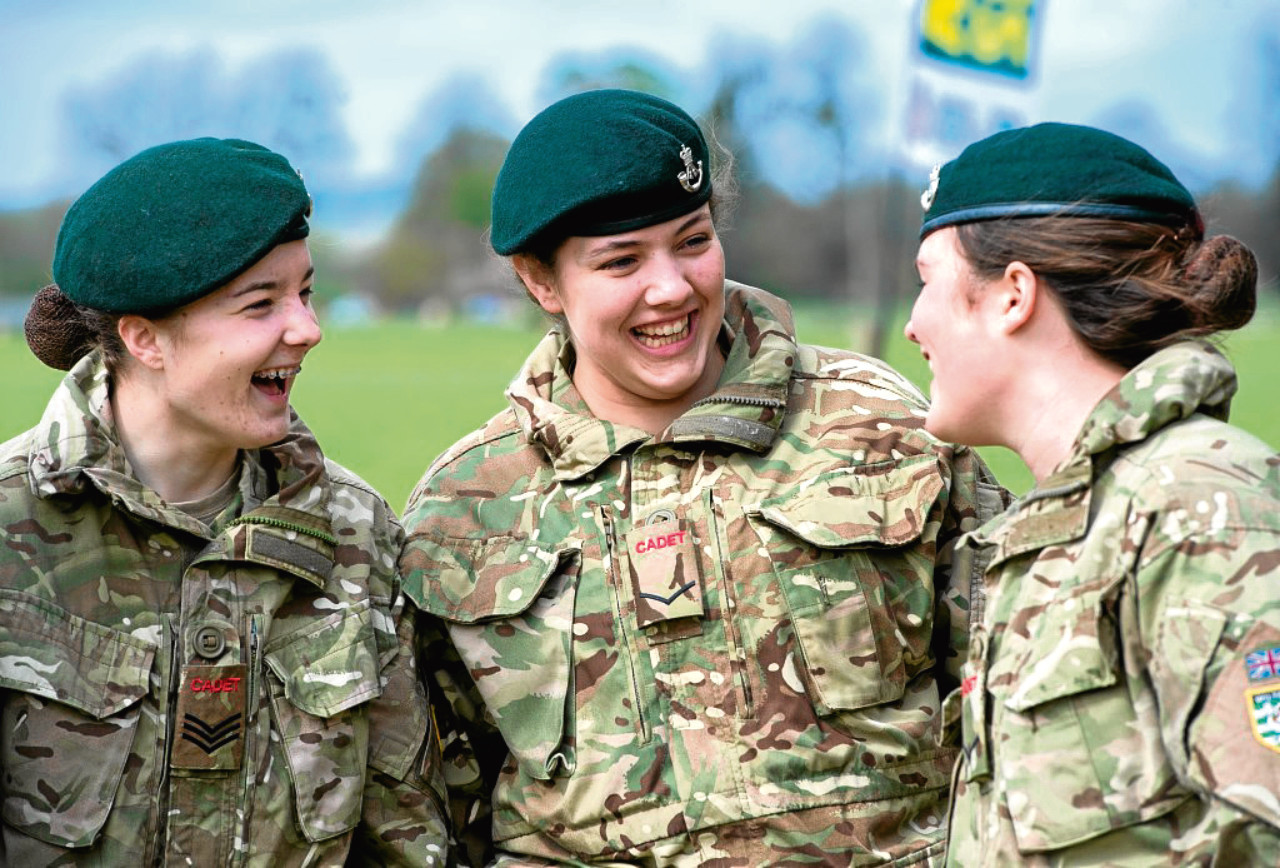
CADETS across Scotland have been warned not to wear their uniforms in public amid heightened terror attack fears.
Parents of youngsters in the army, air and sea cadet forces are understood to have been issued with letters outlining the warning, which says there is a serious risk of them being mistaken for regular airmen or soldiers.
One letter passed to the parent of a Scottish cadet, reads: “Based on the latest security advice, we recommend that all cadets cover up their uniform when travelling to and from cadet activity. Personnel should remain vigilant.”
The parent – who did not wish to be named – said it made his “blood run cold” when he read it.
“It’s clearly in response to something,” he said.
A police source told The Sunday Post it is “highly likely” the worrying letter stemmed from a tightening of security procedures following the March 22 attack on Westminster.
In the incident, Khalid Masood, 52, ploughed his car into crowds on Westminster Bridge and then stabbed PC Keith Palmer to death before he was killed. Five people died and 50 were injured.
The source said: “The timing of this letter to the cadets sticks out because it follows the Westminster incident.
“The security forces never comment on specifics, but they wade through colossal amounts of information and leads and update their position accordingly.
“If I was a parent, of course I’d be worried. But I’d also follow the advice in the letter.”
The Ministry of Defence advised British service members not to wear military uniforms in public following the murder of Fusilier Lee Rigby, 25, in May 2013. The order was later relaxed.
In December 2014, police officers in Birmingham were told not to wear their uniforms while travelling to and from work after extremists threatened to kidnap and murder a police officer.
Terror expert Neil Doyle believes it is sensible to warn the cadets and their families about the risks of wearing their uniform in public.
“It’s a case of belt and braces,” he said. “Similar advice has been issued to servicemen and police officers.
“There have been reports of hostile surveillance being carried out against facilities and individuals and the risk is that frustrated jihadists may go for a soft option.”
But Professor Anthony Glees, head of Buckingham University’s centre for security and intelligence studies, said: “I think it’s an extremely bad idea. It’s bad for the morale of our servicemen and women, and our young cadets.”
A spokeswoman for the MOD said: “The advice stands for itself. We can’t comment any more than that.”

Enjoy the convenience of having The Sunday Post delivered as a digital ePaper straight to your smartphone, tablet or computer.
Subscribe for only £5.49 a month and enjoy all the benefits of the printed paper as a digital replica.
Subscribe